At the conference on credit for the real estate sector organized by the State Bank of Vietnam (SBV) on the morning of February 8, Permanent Deputy Governor Dao Minh Tu emphasized that real estate is one of the industries that contributes greatly to the economy.

Permanent Deputy Governor Dao Minh Tu speaks at the online conference.
Mr. Dao Minh Tu said that according to statistics from the State Bank, in recent times, the credit growth rate for real estate has been the highest among all industries and sectors (increased by more than 24%), higher than the general credit growth rate; the credit ratio is the highest, accounting for 21.2% of the total outstanding debt of the entire economy.
According to the Deputy Governor, in 2022, there will even be real estate businesses that increase credit by more than 300%, and some credit corporations that increase by 68-70%, while the average credit of the whole economy will only increase by 13-14%.
However, there are still opinions that businesses have difficulty accessing credit in the real estate sector, and this needs to be clarified.
"Commercial banks and businesses have a symbiotic relationship, like sitting on a boat" - Mr. Dao Minh Tu emphasized.
For the banking sector, market developments as well as business difficulties have a direct impact on credit quality and macroeconomic stability. Therefore, the State Bank always closely monitors real estate credit developments and manages monetary and credit policies with the goal of ensuring the safety of the banking system while contributing to promoting economic growth and ensuring healthy and sustainable development of the market.
Ms. Ha Thu Giang, Director of the Department of Credit for Economic Sectors, said that outstanding real estate credit by the end of 2022 reached about 2.58 million billion VND, an increase of about 24.27% compared to the end of 2021, which is one of the highest growth sectors and accounts for a large proportion of 21.2% of total outstanding debt for the economy, the highest in the past 5 years. In which, the main focus is on consumer/self-use demand: Real estate business increased by 11.5%, accounting for 31.28%; outstanding consumer/self-use credit increased by 31.1%, accounting for 68.72%. By segment, outstanding debt for housing demand accounts for 62.19%, land use rights account for 20.66%, industrial parks and export processing zones 2.67%, association housing 0.71%, and others 13.77%. Thus, it can be seen that currently, credit institutions are still providing credit to the real estate sector with high growth rates and large outstanding loans. For projects and feasible loan plans, credit institutions will provide loans in accordance with regulations.
Deputy Governor Dao Minh Tu reaffirmed that the State Bank has not said and has never issued any document directing the tightening of credit into real estate. The State Bank's guiding viewpoint is to strictly control credit policy into areas with high risk ratios.
The State Bank only manages the risks of credit institutions investing in risky areas such as business, speculation, and projects with large value segments. Enterprises with financial capacity, construction experience, and effective projects are all considered for loans by banks.
"The State Bank only issued documents directing strict control of credit risks in some high-risk segments in real estate, speculative, large projects that are at risk of leading to bubbles, which can lead to systemic safety risks. Real estate credit serving home buyers is considered equal to other sectors of the economy, without any restrictions" - Deputy Governor Dao Minh Tu affirmed.
In the coming time, to remove difficulties and obstacles for real estate enterprises, organizations and individuals when accessing credit, contributing to the development of a healthy real estate market on the basis of ensuring the safety of banking operations, the State Bank of Vietnam will continue to operate monetary policy firmly, proactively, flexibly and effectively, in coordination with fiscal policy and other macroeconomic policies to contribute to stabilizing the macro economy, supporting economic growth, creating conditions for economic sectors and fields, including the real estate sector, to grow and develop stably and sustainably.
Continue to improve the legal framework for credit and banking activities in accordance with practical situations to create favorable conditions for people and businesses to access credit, including in the real estate sector.
The State Bank continues to direct credit institutions to grow credit safely and effectively, ensuring capital supply for the economy, including the real estate sector. Focus credit capital on projects and feasible loan plans, ensuring legality, projects that can be completed, put into use soon, have good consumption potential, repay loans fully and on time, and meet the real demand for housing. Reduce operating costs and administrative procedures; improve credit quality, do not loosen credit conditions to minimize bad debt.
Continue to direct credit institutions to control credit risks for the high-end real estate segment with excess supply; speculative business, price manipulation, market manipulation; control the level of credit concentration on a number of large customers/customer groups, customers related to major shareholders, related persons of shareholders of credit institutions, etc., ensuring the safety of banking operations.
Continue to improve legal regulations to support the sustainable development of the real estate market while controlling risks and ensuring the safe operation of credit institutions.
The conference listened to opinions from business representatives (Vingroup, Novaland, Hung Thinh Land, Sungroup, BW, Ho Chi Minh City Real Estate Association...) and opinions from banks (Vietcombank, Vietinbank, BIDV, Techcombank, MB, Vietnam Banking Association) to assess the situation; discuss difficulties and propose solutions in providing credit to the real estate market.
Many opinions at the conference said that capital flows into the real estate market come from many sources such as enterprises' own capital, capital advances from home buyers, capital issued from stocks, bonds, direct investment capital from foreign investors and bank credit capital. Due to difficulties in the stock market and bond market in the second half of 2022, capital demand is concentrated on the banking system.
Representatives of some commercial banks noted that the real estate market has recently revealed many problems such as imbalance in segment structure, lack of products suitable for market demand, many legal problems... Therefore, these problems must be dealt with at the root so that real estate credit can be unblocked.
70% difficulty in legal procedures
In addition, according to reports from credit institutions, the Ministry of Construction, and the Ho Chi Minh City Real Estate Association, the difficulties and obstacles of the real estate market are mainly concentrated in issues related to legal procedures (accounting for 70% of the difficulties and obstacles of the market), investment procedures, and bond capital sources. Therefore, to remove difficulties and contribute to promoting the safe, healthy, and sustainable development of the real estate market, it is necessary to pay attention and synchronously implement solutions from relevant ministries, branches, and businesses.
Source: https://nld.com.vn/kinh-te/ngan-hang-nha-nuoc-khong-siet-tin-dung-vao-bat-dong-san-20230208112003146.htm






![[Photo] Overcoming all difficulties, speeding up construction progress of Hoa Binh Hydropower Plant Expansion Project](https://vstatic.vietnam.vn/vietnam/resource/IMAGE/2025/4/12/bff04b551e98484c84d74c8faa3526e0)
![[Photo] Closing of the 11th Conference of the 13th Central Committee of the Communist Party of Vietnam](https://vstatic.vietnam.vn/vietnam/resource/IMAGE/2025/4/12/114b57fe6e9b4814a5ddfacf6dfe5b7f)
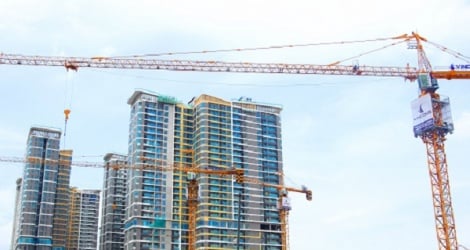


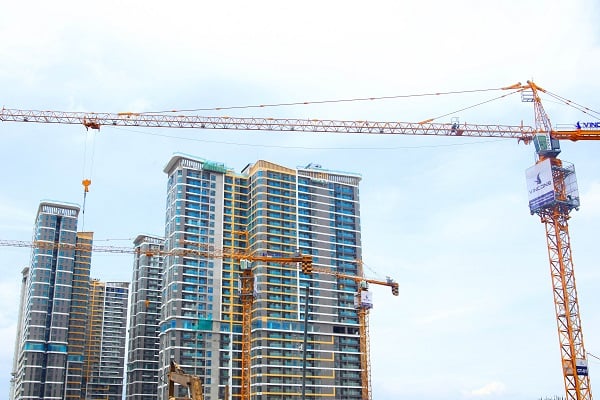
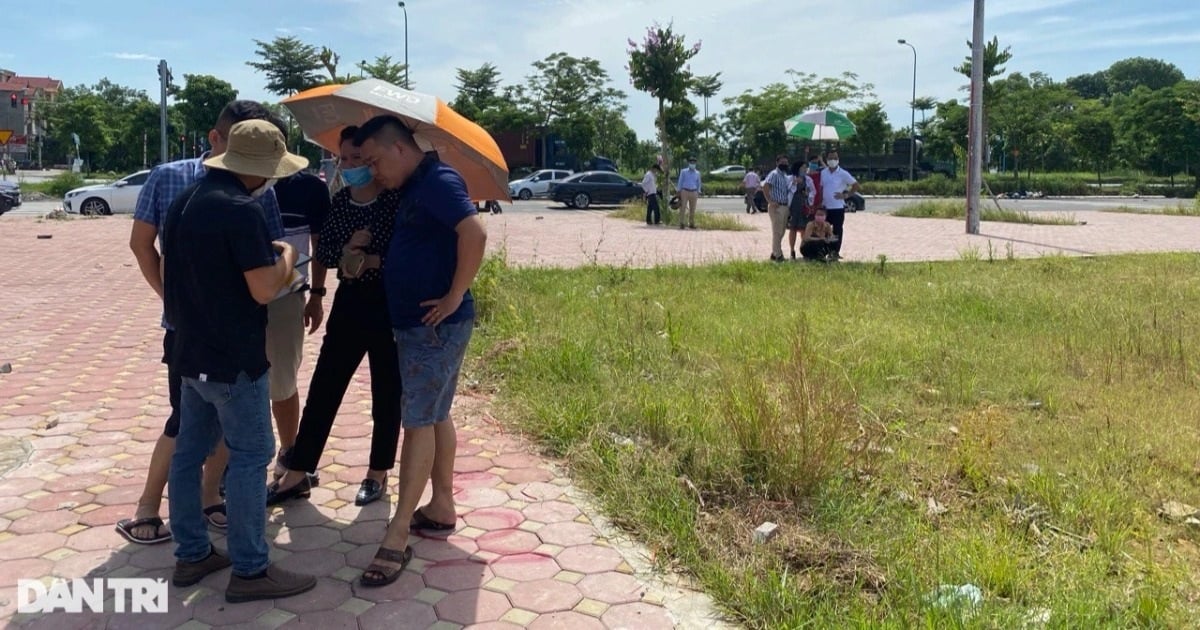

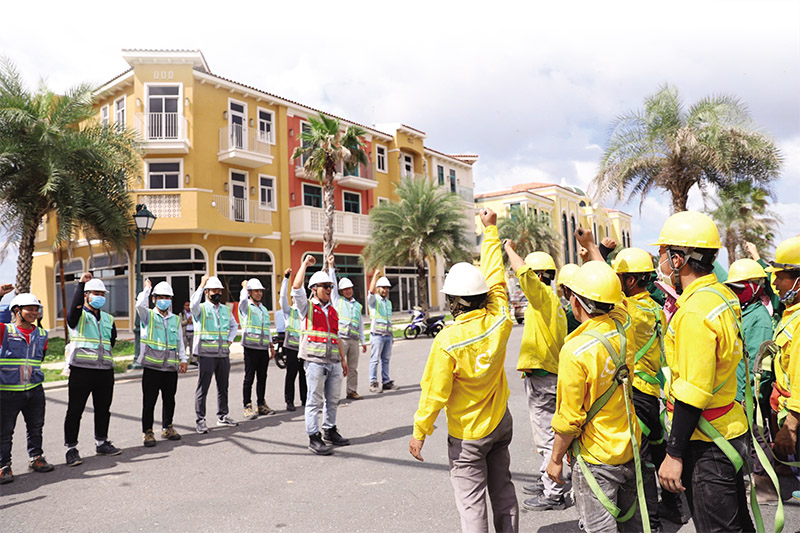

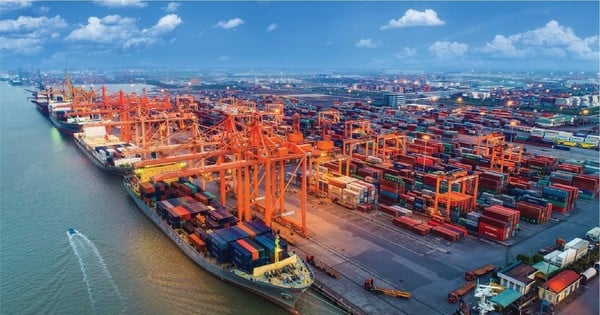


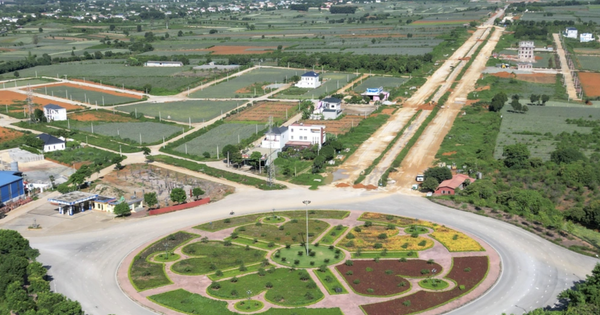

























































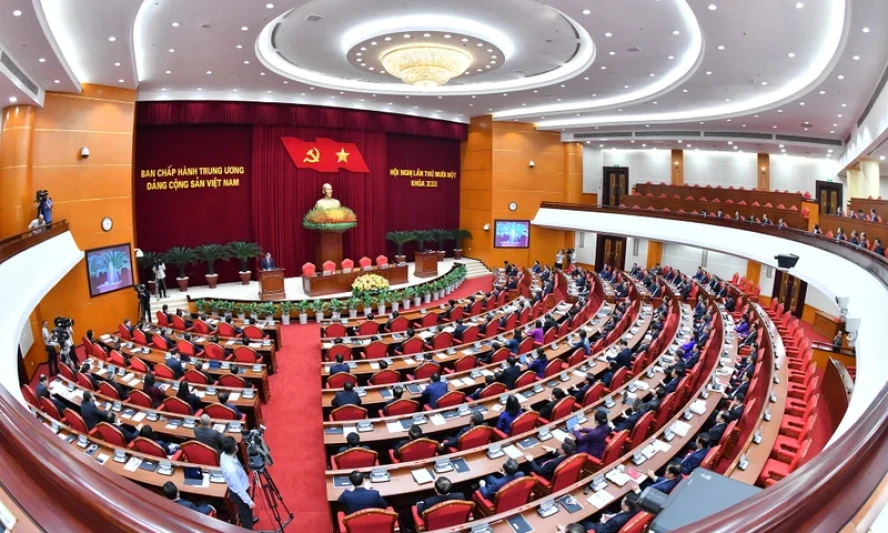
















Comment (0)